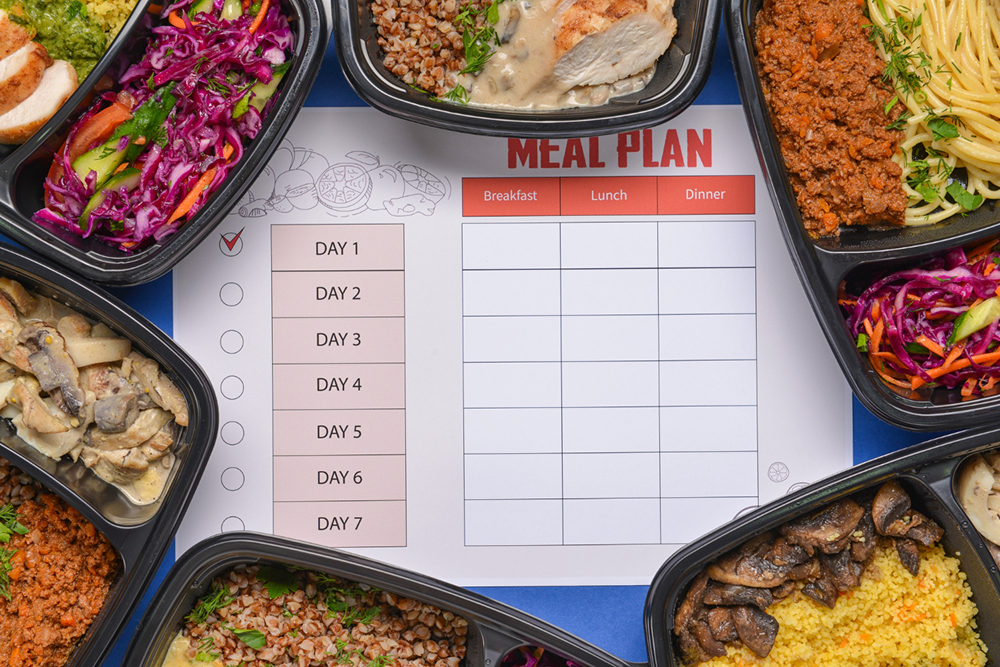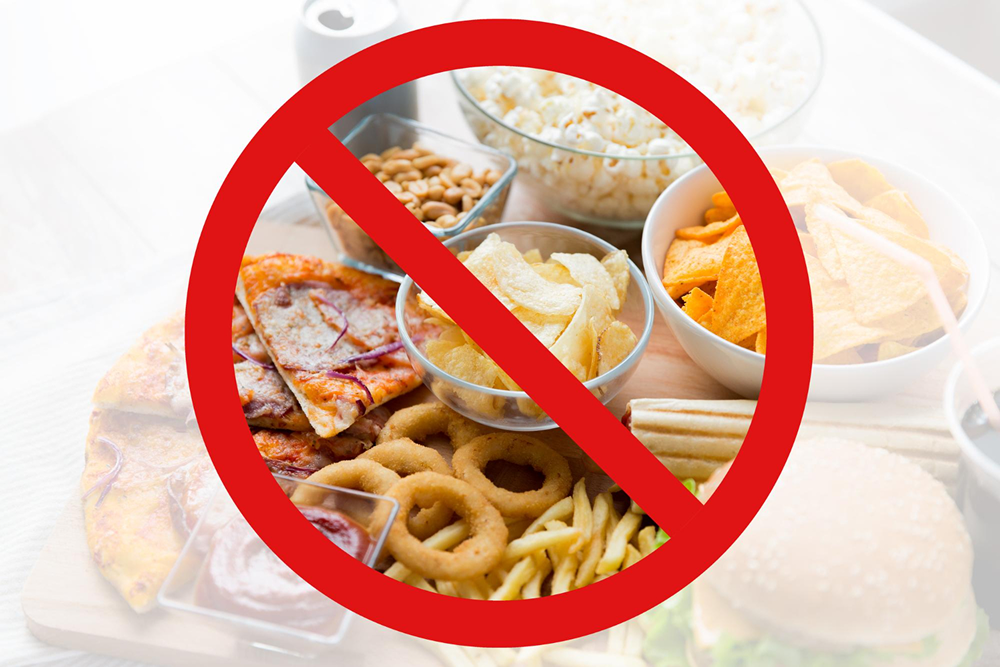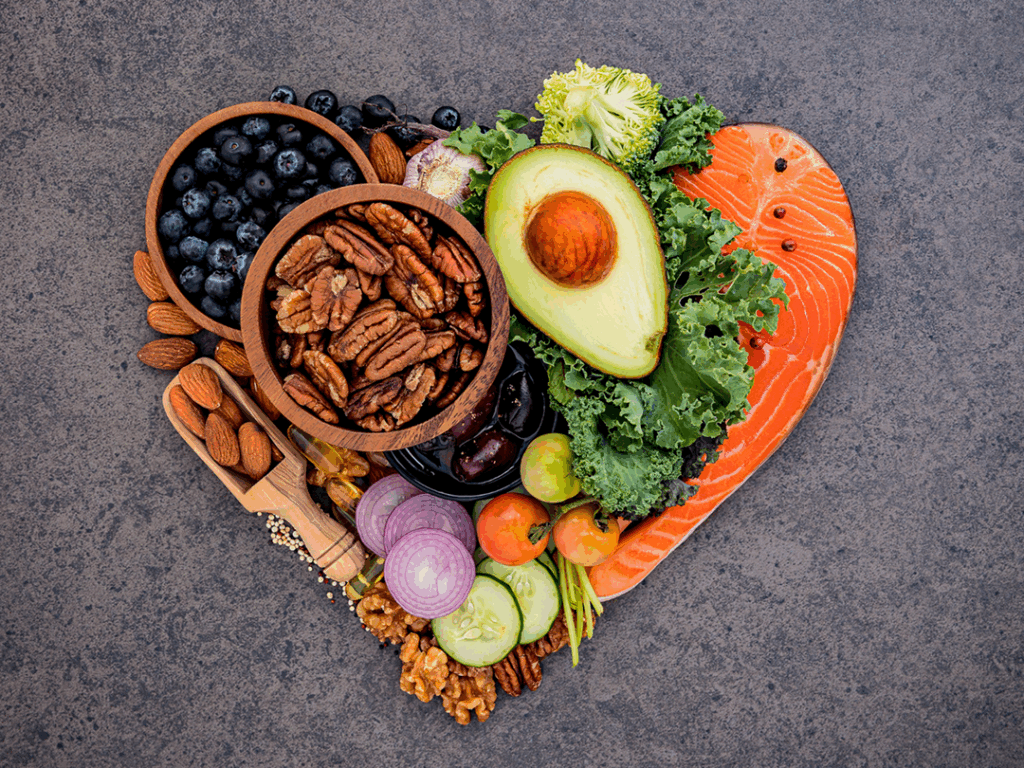Heart disease is the number one killer in the United States. A heart-healthy diet can really cut your risk of cardiovascular problems. Research shows that eating the right foods can lower your heart disease risk by up to 26%. The right food choices make a real difference to your heart’s health. Your blood pressure drops, cholesterol levels improve, and weight stays healthy when you have the right diet.
Heart-Healthy Foods to Know
Building a strong foundation for heart health begins with the right food choices.
Fruits and vegetables for heart health
Your plate should be half-filled with fruits and vegetables at each meal to provide nutrients for cardiovascular wellness. Dark leafy greens have a lot of nitrates that help relax and widen blood vessels. Vegetables like broccoli, red peppers, and tomatoes deliver powerful antioxidants to protect your arteries. On top of that, berries, such as blueberries, are great heart protectors.
Lean proteins that protect your heart
Your protein choices play another big role in heart health. Fish, especially salmon, mackerel, and sardines, contain omega-3 fatty acids that guard against inflammation. Two to three servings of fish weekly are associated with lower rates of heart disease, coronary issues, and stroke. More than that, legumes are an excellent plant-based protein alternative.
Healthy fats and oils to choose
The right fats make a big difference in your heart’s health. Extra virgin olive oil’s monounsaturated fatty acids and antioxidants help prevent arterial damage. Avocados deserve special attention because two servings weekly reduces heart attack risk. Look for cooking oils with less than 4 grams of saturated fat per tablespoon. Canola, corn, safflower, and sunflower oils are excellent choices for daily cooking. All the same, store these oils in a dark, cool place and avoid reusing or reheating them to maintain their heart-protective properties.
LOOKING FOR SUPPORT? CONTACT PRIMARY CARE CENTERS OF TEXAS TO GET IN TOUCH WITH ONE!
Smart Shopping for Heart Health
Smart choices at the grocery store are a good start to a heart-healthy lifestyle. Understanding food labels and implementing budget-conscious strategies will help you fill your cart with options that help with cardiovascular health.
Reading food labels
The nutrition facts panel helps you make decisions. Check the serving size first because nutritional information applies to a single serving, Multiple servings will multiply all nutrient amounts. Your heart health depends on these factors.
| Sodium Content
Choose products with less than 120mg sodium per 100g |
Saturated Fat
Select items containing less than 4 grams per tablespoon |
Added Sugars
Limit intake to 24-36 grams daily |
Products with “whole” as the first ingredient make the best grain choices. Lean proteins labeled “no salt added” or “lower sodium” are ideal options. Hidden sugars often appear under names that end in “ose” like fructose or dextrose.
Budget-friendly heart healthy options
Heart-healthy foods don’t have to be expensive. You have to shop strategically with the following ideas in mind.
- Fresh produce costs less during peak season
- Frozen vegetables without added sauces offer great value
- Whole fruits cost less than pre-cut options
- Store brands provide savings over name brands
Buying in bulk and sharing costs with family or friends makes sense. Local farmers’ markets provide fresher produce at competitive prices because food travels shorter distances. Beans and legumes give you good benefits at a fraction of meat’s cost. Canned varieties work well too. Just rinse them to lower sodium content. Additional budget-friendly staples include these things.
- Brown rice and whole-grain pasta
- Plain yogurt in large containers
- Eggs for versatile meal planning
- Regular oatmeal instead of instant varieties
Daily Meal Planning Guide
Daily meal plans are the start of a responsible & heart-healthy lifestyle. Smart meal organization makes sure you get consistent nutrition throughout the day.
Breakfast ideas
Your morning needs fiber and protein to maintain balanced blood sugar levels. A bowl of old-fashioned oatmeal topped with berries gives you nutrients and keeps you satisfied. You can try scrambled eggs with spinach and whole-grain toast, or make a Greek yogurt parfait layered with fresh fruits. Whole-grain toast topped with avocado and a poached egg makes a great combination that has healthy fats and protein. Another option is overnight oats prepared with yogurt and milk. They’re convenient & nutritious.
Lunch and dinner combinations
For your midday and evening meals, try a turkey wrap with spinach and roasted red peppers, dressed with olive oil and vinegar for lunch. Grilled salmon with quinoa and sautéed vegetables makes an excellent dinner choice. A hearty bean-based soup with whole-grain bread works well too. Restaurant portions are a big deal as it means that they exceed healthy amounts. Split your meals or save half for later. Your plate should be half-filled with various colorful vegetables.
Healthy snacks between meals
Smart snacks help maintain steady energy levels and support cardiovascular health. Fresh fruit with unsalted nuts gives you fiber and healthy fats. Air-popped popcorn satisfies your crunch cravings without excess sodium. Other heart-conscious options include the following snacks.
- Greek yogurt with berries
- Hummus with vegetable sticks
- Roasted chickpeas for protein-rich crunch
Keep your snacks between 150-200 calories and skip processed options high in sodium or added sugars. Healthy alternatives should be ready when hunger strikes to prevent impulsive choices.
Foods to Limit or Avoid
Your cardiovascular wellness depends on knowing which foods to avoid. The wrong food choices can put you at risk of heart disease and related health issues.
High-sodium foods
Americans consume more than 3,300 milligrams of sodium daily. This is a big deal as it means that they exceed the recommended limit of 2,300 mg. Processed foods and restaurant meals are the biggest culprits. Here’s what you should limit.
- Processed meats like bacon, salami, and deli meats
- Ready-made soups and frozen meals
- Packaged snacks and crackers
- Pizza and sandwiches
Table salt isn’t the only concern. Many everyday foods hide sodium in plain sight. Bread and cereals can pack a lot of sodium, even when they don’t taste salty. Bread becomes a major source of sodium because people eat it so often.
Unhealthy fats to watch for
Heart health faces the most important risks from saturated and trans fats. The American Heart Association suggests keeping saturated fat below 6% of daily calories. Someone on a 2,000-calorie diet should stick to about 11-13 grams.
Foods high in harmful fats include the following.
Saturated Fats
|
Trans Fats
|
Do You Need Dietary Help For Your Heart?
Your health benefits add up when you take small & consistent steps toward better food choices. Primary Care Centers of Texas can help create a tailored heart health plan that matches your lifestyle and priorities. The food choices you make today will shape your heart health tomorrow. Being organized and working with healthcare professionals helps you build eating habits that support a stronger and healthier cardiovascular system for years to come. Schedule an appointment with us today to get started on your road to a healthier heart.
Dietary Heart Health FAQs
What are some key foods that promote heart health?
Leafy greens, oily fish like salmon, whole grains, berries, and avocados are excellent for heart health. These foods can help lower blood pressure, improve cholesterol levels, and reduce the risk of heart disease.
How can I make healthy eating more budget-friendly?
Buy seasonal produce, opt for frozen vegetables without added sauces, purchase whole fruits instead of pre-cut options, and consider store brands.
What should I look for on food labels to make heart-healthy choices?
Focus on sodium content (less than 120mg per 100g), saturated fat (less than 4 grams per tablespoon), and added sugars (limit to 24-36 grams daily). Look for “whole” as the first ingredient in grain products and choose lean proteins labeled “no salt added” or “lower sodium”.
Can you suggest some quick and easy heart-healthy breakfast ideas?
Try oatmeal topped with berries, scrambled eggs with spinach and whole-grain toast, or a Greek yogurt parfait with fresh fruits. Another option is whole-grain toast topped with avocado and a poached egg for a balanced start to your day.
What foods should I limit or avoid for better heart health?
Limit high-sodium foods like processed meats, ready-made soups, and packaged snacks. Also, reduce intake of foods high in saturated fats such as full-fat dairy products and fatty cuts of meat.








